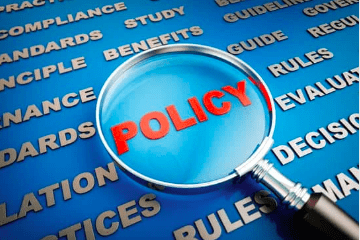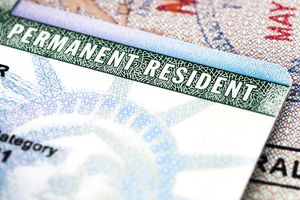On September 3, 2020, U.S. Citizenship and Immigration Services (USCIS) submitted an Interim Final Rule to the Office of Information and Regulatory Affairs (OIRA) within the Office of Management and Budget (OMB) entitled, “Strengthening the H-1B Nonimmigrant Visa Classification Program.â€2Â
Soon after publication of the USCIS Interim Final Rule (IFR), on September 16, 2020, the U.S. Department of Labor (DOL) submitted an Interim Final Rule to OIRA entitled, “Restructuring of H-1B/H-1B1/E-3 and PERM Wage Levels.â€3 It is anticipated that the administration plans to publish this regulation as an Interim Final Rule and that it could become effective immediately upon publication. The USCIS and DOL Interim Final Rules are expected to combine to substantially modify prevailing wage requirements so as to limit the availability of the H-1B visa program to the most highly paid professionals, regardless of actual wage data for the labor market.
Expected Provisions
While the specific language of the forthcoming regulations will not be available until they are published in the Federal Register, based on the regulatory agenda and other clues, they are expected to include the following:
- Revision of the definition of an H-1B specialty occupation to “increase focus on obtaining the best and brightest foreign nationals.â€
- Changes to the definitions of H-1B employment and the employer-employee relationship, with a focus on restricting offsite placement of H-1B workers.
- Possible requirement that H-1B employers and their end clients jointly obtain LCAs where H-1B workers will work at client sites. The regulation may include a revision to the Labor Condition Application (LCA) requirement so that, when the H-1B worker is assigned to a third-party work site, the end-client would need to join in or be a signatory to the LCA. A joint LCA requirement may create de facto joint employer liability for LCA obligations on wages and working conditions.
- Additional H-1B wage requirements “to ensure employers pay appropriate wages to H-1B visa holders†as well as a restructuring of the H-1B, H-1B1, E-3 and PERM prevailing wage levels.
Litigation Challenging the Regulations
While the anticipated rules could include several provisions that could upend the practices of many business immigration lawyers, litigation challenging the regulations is anticipated. A few grounds for a legal challenge could include:
- Several of the expected changes appear to be inconsistent with existing statutes on specialty occupation.
- If issued as an Interim Final Rule, the agency will also need to show the basis for its determination that there exists “good cause†to skip the normal notice and comment process.
AILA’s Administrative Litigation Taskforce is actively monitoring these regulations and evaluating potential litigation strategies. AILA members and the public are encouraged to submit comments during the applicable comment period.
What’s Ahead
Reforming (read: restricting) the H-1B visa program is a priority for Senior Policy Advisory Stephen Miller. However, it may be that the year-end push of this Interim Final Rule is just “red meat for the base†since issuing this regulation as an Interim Final Rule presents many risks and makes a successful legal challenge more likely. If a federal court issues an injunction following a legal challenge, it is unlikely that there would be enough time to republish a regulation and consider public comments – unless there is a second term of the Trump Presidency.
AILA is actively monitoring these regulations and will update members as soon as more information becomes available.
David Swaim
Managing Partner- Dallas, TX
Tidwell, Swaim & Farquhar
Sources: AILA Doc. No. 20092832 | Dated September 28, 2020. By AILA’s Business Immigration Response Team (BIRT)



